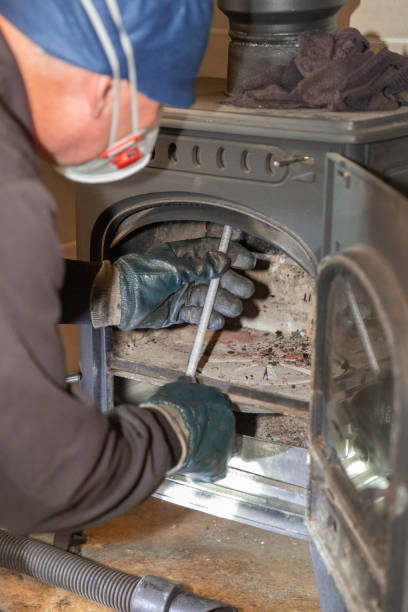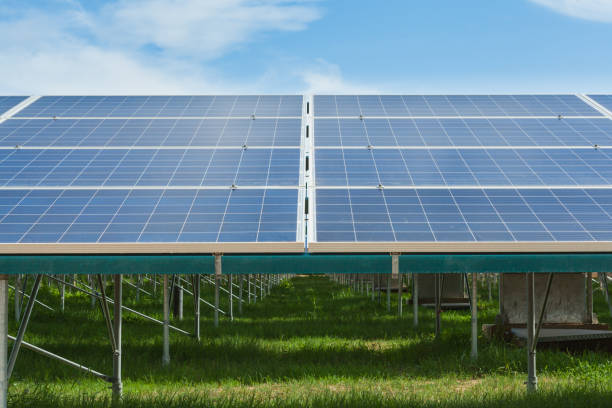As temperatures start to drop, the importance of a reliable heating system becomes paramount. Your furnace is the heart of your home’s heating system, working tirelessly to keep you warm throughout the cold months. However, like any other appliance, furnaces have a finite lifespan. When the time comes, furnace replacement becomes a crucial task that requires careful consideration. In this comprehensive guide, we will walk you through everything you need to know about furnace replacement, from recognizing the signs that your furnace needs replacing to choosing the right model for your home.
Signs It’s Time to Replace Your Furnace
Furnaces typically last between 15 to 20 years, depending on the make, model, and maintenance history. However, even the most well-maintained furnace will eventually need to be replaced. Here are some signs that it might be time to consider a furnace replacement:
- Age of the Furnace: If your furnace is over 15 years old, it might be time to start thinking about a replacement. Older furnaces are less energy-efficient and may require more frequent repairs.
- Rising Energy Bills: As furnaces age, they lose efficiency. If you’ve noticed a significant increase in your energy bills, it could be a sign that your furnace is working harder than it should, indicating it’s time for a replacement.
- Frequent Repairs: If you’re calling in a technician more often to fix your furnace, it might be more cost-effective to replace it. Frequent repairs are not only costly but also a sign that your furnace is nearing the end of its lifespan.
- Inconsistent Heating: If some rooms in your home are warmer or colder than others, it could be a sign that your furnace is struggling to distribute heat evenly. This can be due to an aging furnace that is no longer operating efficiently.
- Strange Noises: Unusual noises such as rattling, banging, or squealing coming from your furnace can indicate serious problems. These noises are often signs of wear and tear that might not be fixable.
- Yellow Burner Flame: The burner flame in a healthy furnace should be blue. A yellow flame can indicate that the furnace is producing carbon monoxide, a dangerous and potentially deadly gas. This is a serious issue that requires immediate attention and could necessitate a furnace replacement.
Benefits of Replacing Your Furnace
Replacing your old furnace with a new, energy-efficient model comes with several benefits:
- Improved Energy Efficiency: New furnaces are designed to be more energy-efficient, which can lead to significant savings on your energy bills. Many modern furnaces have an Annual Fuel Utilization Efficiency (AFUE) rating of 90% or higher, meaning they convert 90% of the fuel they use into heat.
- Enhanced Comfort: A new furnace will heat your home more effectively and consistently, eliminating cold spots and ensuring that every room in your house stays warm.
- Better Air Quality: Newer furnaces often come with advanced filtration systems that help improve indoor air quality by removing dust, allergens, and other particles from the air.
- Increased Reliability: A new furnace is less likely to break down during the coldest months, giving you peace of mind knowing that your home will stay warm no matter how low the temperature drops.
- Environmental Impact: Modern furnaces are more environmentally friendly, using less fuel and producing fewer emissions. This can reduce your carbon footprint and help you contribute to a cleaner environment.
- Higher Home Value: Installing a new furnace can increase the value of your home, making it a more attractive option for potential buyers if you decide to sell in the future.
Choosing the Right Furnace for Your Home
When it comes to furnace replacement, choosing the right model is crucial. Here are some factors to consider:
- Fuel Type: Furnaces can run on different types of fuel, including natural gas, propane, oil, and electricity. The most common type is natural gas, as it is generally the most cost-effective option. However, the best choice for you will depend on the availability of fuel in your area and your personal preferences.
- Size of the Furnace: The size of the furnace is one of the most important factors to consider. A furnace that is too small will struggle to heat your home, while a furnace that is too large will cycle on and off too frequently, leading to higher energy bills and unnecessary wear and tear. A professional HVAC technician can help you determine the right size furnace for your home by conducting a load calculation.
- Efficiency Rating: The efficiency of a furnace is measured by its AFUE rating. The higher the AFUE rating, the more efficient the furnace. While a higher-efficiency furnace may have a higher upfront cost, it can save you money in the long run through lower energy bills.
- Features and Technology: Modern furnaces come with a variety of features designed to improve comfort and efficiency. Some models offer variable-speed blowers, which adjust the speed of the furnace’s fan to provide more consistent heat and reduce energy consumption. Others come with smart thermostats that allow you to control your furnace remotely using a smartphone app.
- Warranty and Service: When investing in a new furnace, it’s important to consider the warranty offered by the manufacturer. A good warranty can provide peace of mind, knowing that you’re covered if something goes wrong. Additionally, consider the availability of service technicians in your area who are familiar with the brand and model you choose.
The Furnace Replacement Process

Once you’ve decided to replace your furnace, it’s important to understand the replacement process. Here’s what you can expect:
- Assessment and Quotation: A professional HVAC technician will visit your home to assess your current heating system and determine the best replacement options. They will provide you with a quote that includes the cost of the new furnace and the installation.
- Choosing the Furnace: Based on the technician’s assessment and your preferences, you’ll choose the furnace that best suits your home’s needs. Make sure to discuss any additional features or upgrades that may benefit your home.
- Installation: On the day of installation, the technician will remove your old furnace and install the new one. This process typically takes several hours, depending on the complexity of the installation. The technician will also test the new furnace to ensure it is working properly and efficiently.
- Post-Installation Inspection: After the installation, the technician will perform a final inspection to make sure everything is in order. They will also walk you through the operation of your new furnace and answer any questions you may have.
- Maintenance Tips: To ensure the longevity and efficiency of your new furnace, regular maintenance is key. The technician will provide you with maintenance tips, such as changing the air filter regularly and scheduling annual tune-ups.
Conclusion
Furnace replacement is a significant investment, but it’s one that can greatly improve the comfort, efficiency, and value of your home. By recognizing the signs that your furnace needs replacing, choosing the right model, and understanding the replacement process, you can ensure that your home stays warm and cozy for many winters to come. Remember to consult with a professional HVAC technician to guide you through the process and help you make the best decision for your home.





